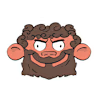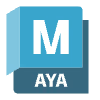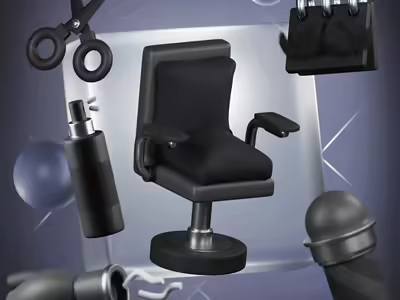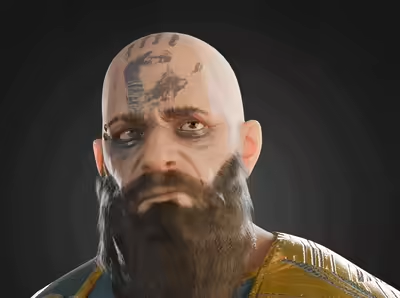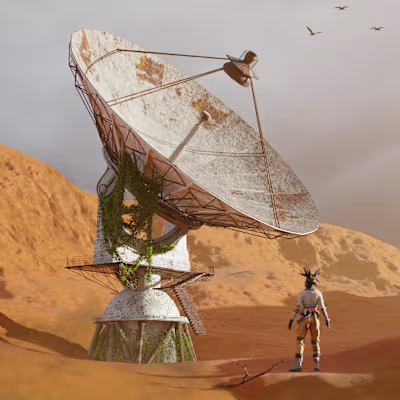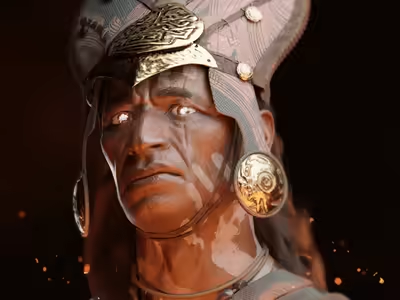3D Character Design (Barbarian)
Character Creation Process
1. Concept Development
Inspiration: The character's design was inspired by ancient warriors, with a focus on showcasing rugged, battle-hardened strength. This stage involved research into historical armor, weaponry, and physical traits typical of barbarians, blending these influences with a creative, stylized approach.
Goal: To create a 3D character that not only looks fierce and powerful but also tells a story through its design, evoking the essence of a battle-ready warrior.
2. High-Poly Sculpting (ZBrush)
Detailing: The initial character sculpt was done in ZBrush, focusing on muscle definition, facial expression, and the intricate textures of armor and weapons. Every aspect, from scars to the texture of the leather armor, was meticulously detailed to add realism and depth to the character.
Focus Areas: Emphasized muscular anatomy, facial features, and the rough, worn look of the armor to reflect the character's battle-hardened background.
3. Low-Poly Modeling & Retopology (Maya)
Optimization: After the high-poly sculpt, the character was retopologized in Maya to create an optimized low-poly version suitable for animation and integration into game engines. This step ensured the model would maintain its quality while being efficient for real-time applications.
UV Mapping: The UVs were carefully mapped to allow for precise texturing and seamless application of materials.
4. Texturing (Substance Painter)
Materials & Texture Maps: Textures were created in Substance Painter, where I applied multiple layers of detail, including realistic skin textures, the worn-out leather of the armor, and metal scratches on weapons. Textures like normal, roughness, and diffuse maps were carefully crafted to enhance the character's visual depth and realism.
Color & Detail: Earthy tones were used to highlight the barbarian's rugged lifestyle, with attention to how light interacts with different materials like skin, metal, and leather.
5. Rigging & Animation Ready (Maya)
Rigging: The character was rigged in Maya for potential future animation, focusing on creating a versatile skeleton that could handle a wide range of movement, from combat to idle stances.
Flexibility: The rig was designed to allow fluid motion, making the character suitable for games or cinematic sequences.
6. Rendering (Unreal Engine)
Lighting & Composition: The final rendering was completed in Unreal Engine, taking full advantage of its real-time lighting and rendering capabilities. The character was posed in dynamic stances that highlight its muscular build and combat-ready design.
Cinematic Quality: High-quality renders were produced to showcase the character from multiple angles, with dramatic lighting to accentuate the barbarian’s rugged, powerful presence.
Key Features & Challenges
Attention to Detail: The character's intricate textures and realistic anatomy were key focal points, from the scars on the skin to the worn, battle-damaged armor.
Optimization for Real-Time Use: Balancing high-detail modeling with low-poly optimization was crucial to ensure the character could be efficiently used in both cinematic sequences and real-time game applications.
Rendering Realism: Unreal Engine's real-time rendering was instrumental in achieving high-quality, lifelike results, bringing the barbarian character to life with dynamic lighting and atmospheric effects.
Project Highlights
Character Depth: The barbarian’s design captures a strong, primal presence, blending historical accuracy with creative storytelling.
Skill Development: This project enhanced my abilities in character modeling, texturing, and real-time rendering, pushing the boundaries of my technical and artistic skills.
High-Quality Renders: The final renders demonstrate a keen attention to detail, showcasing the character's readiness for use in games, film, or promotional artwork.
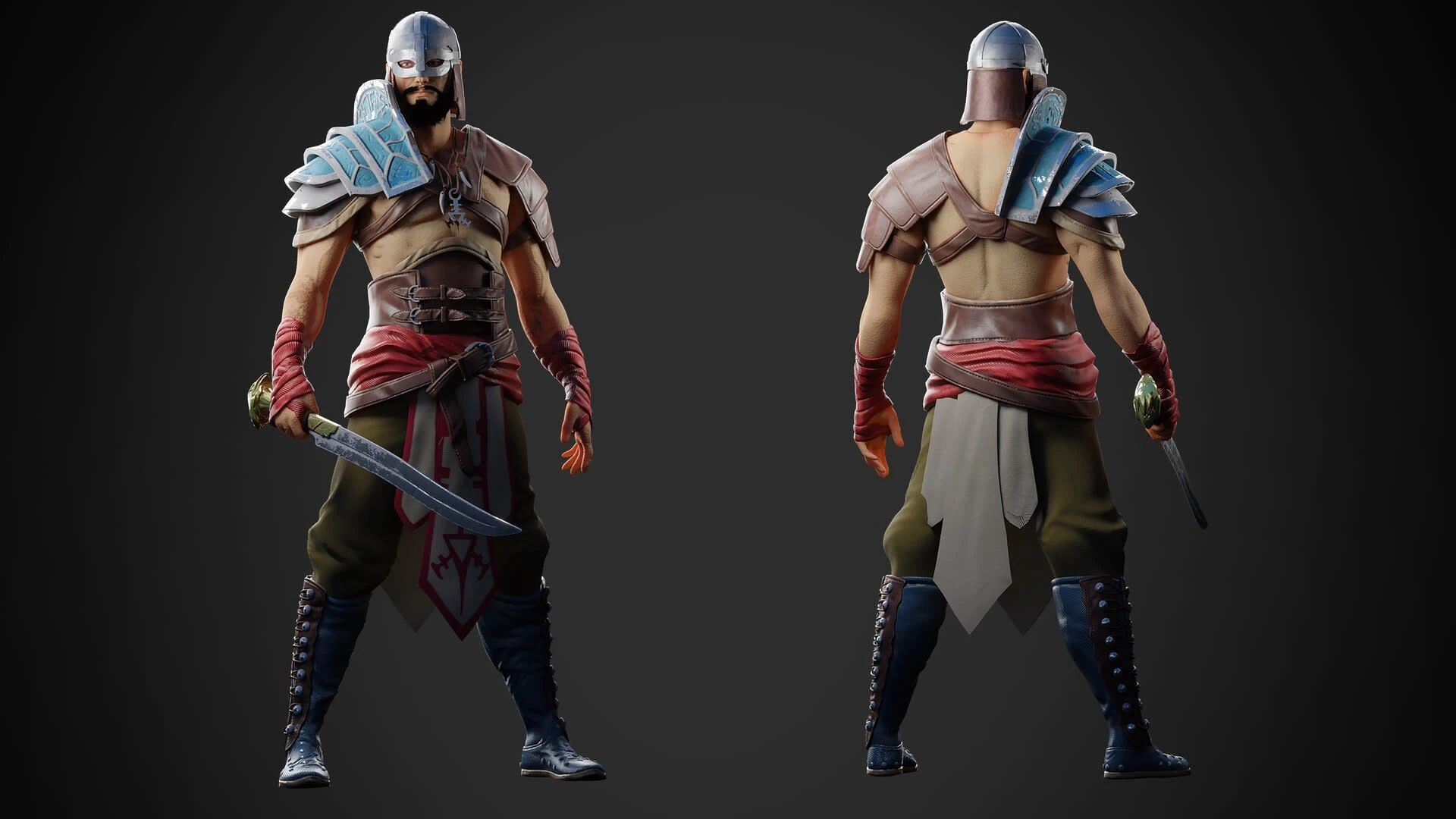
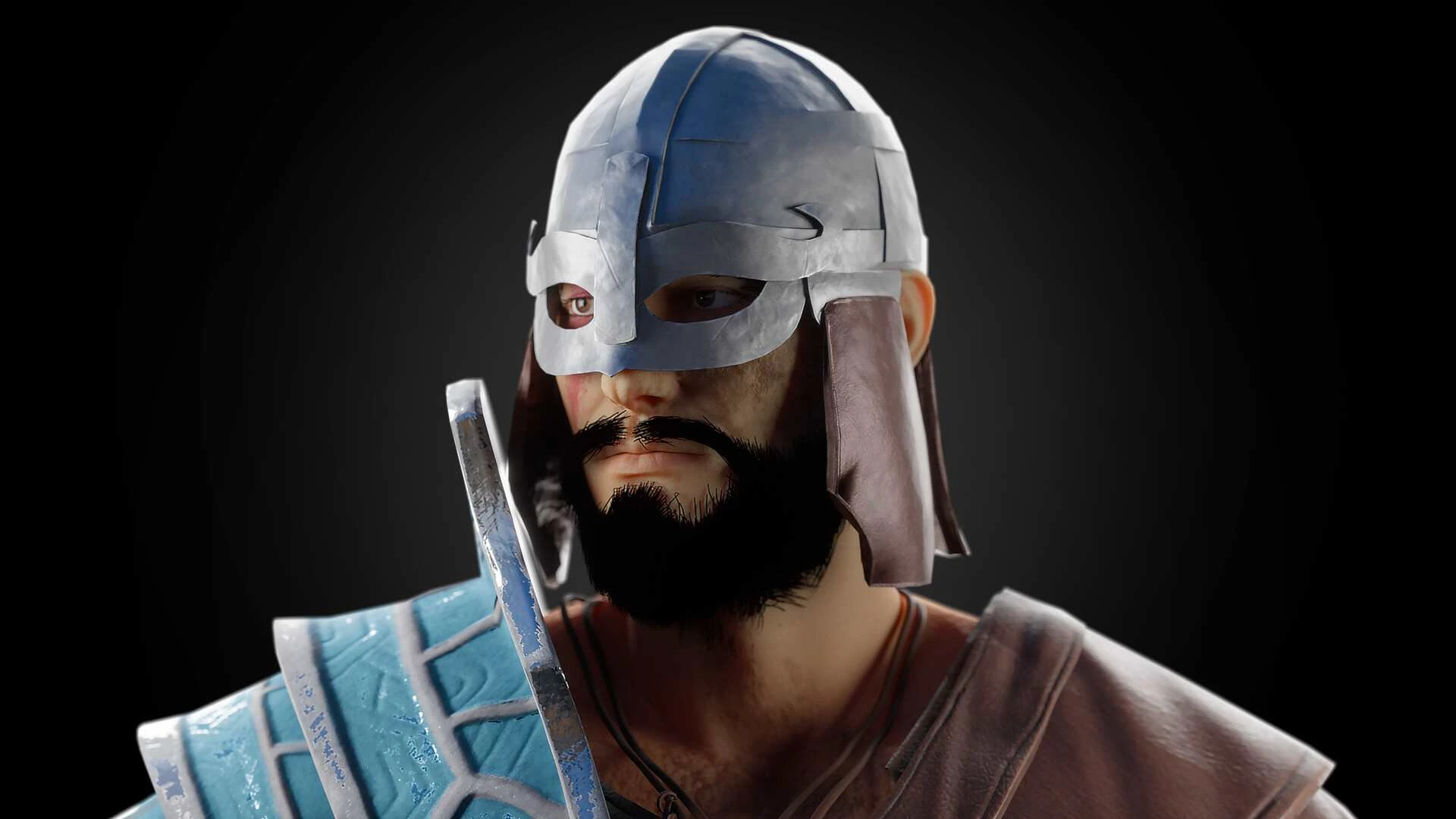
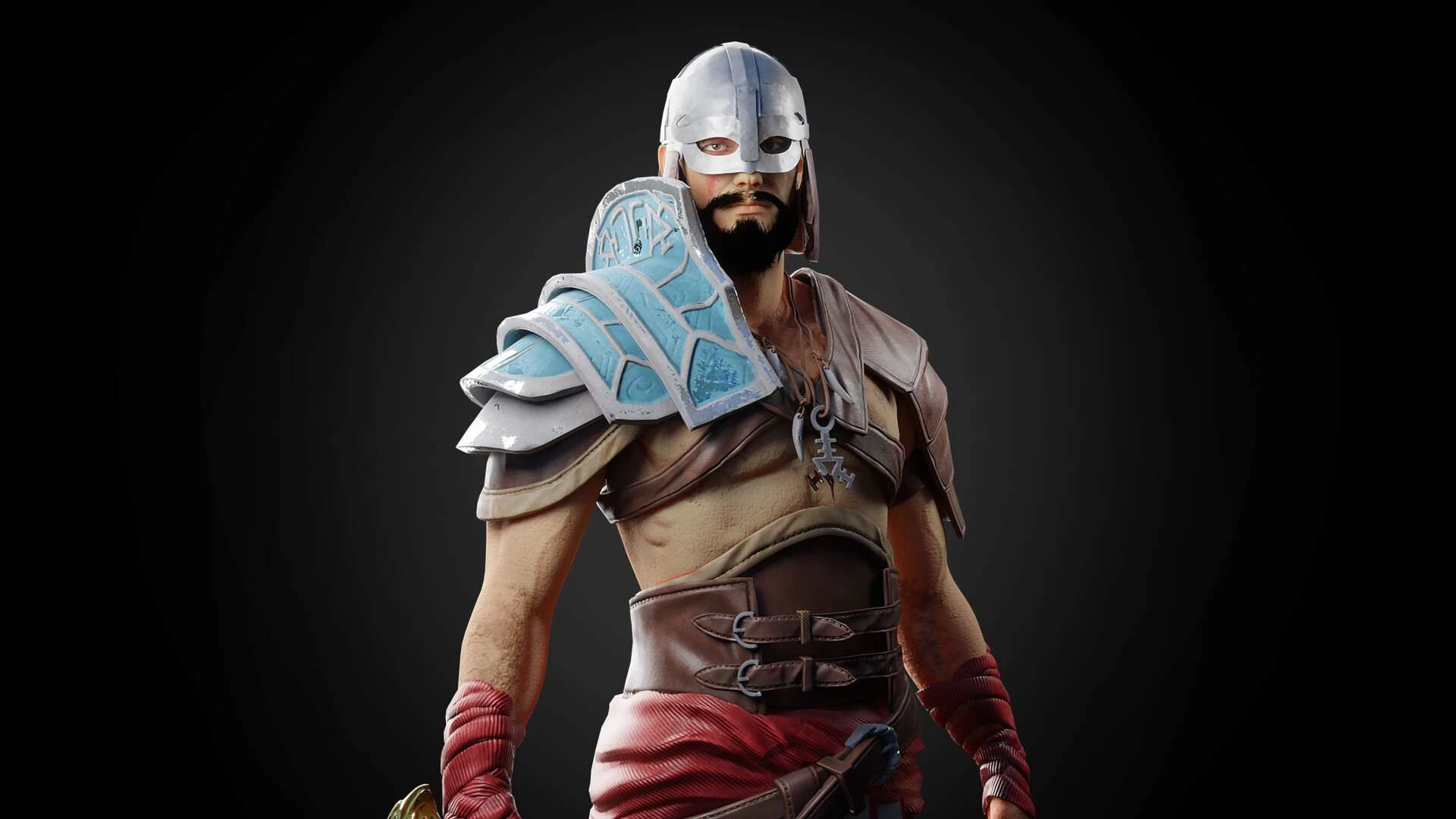
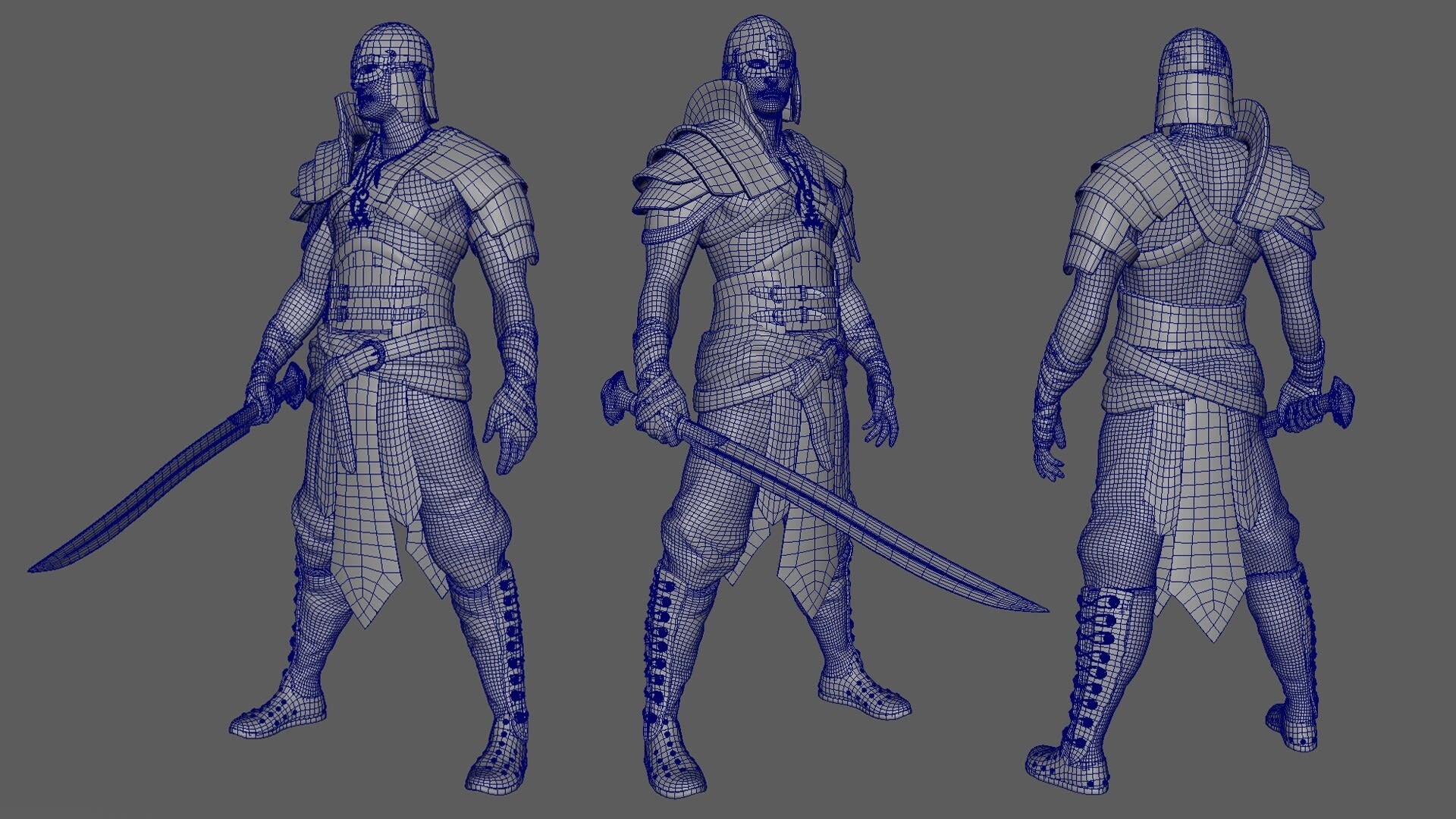
Like this project
Posted Sep 21, 2024
I am excited to present Barbarian, a meticulously crafted 3D character designed to capture the essence of ancient strength. This project improved my skills in c
Likes
0
Views
47
